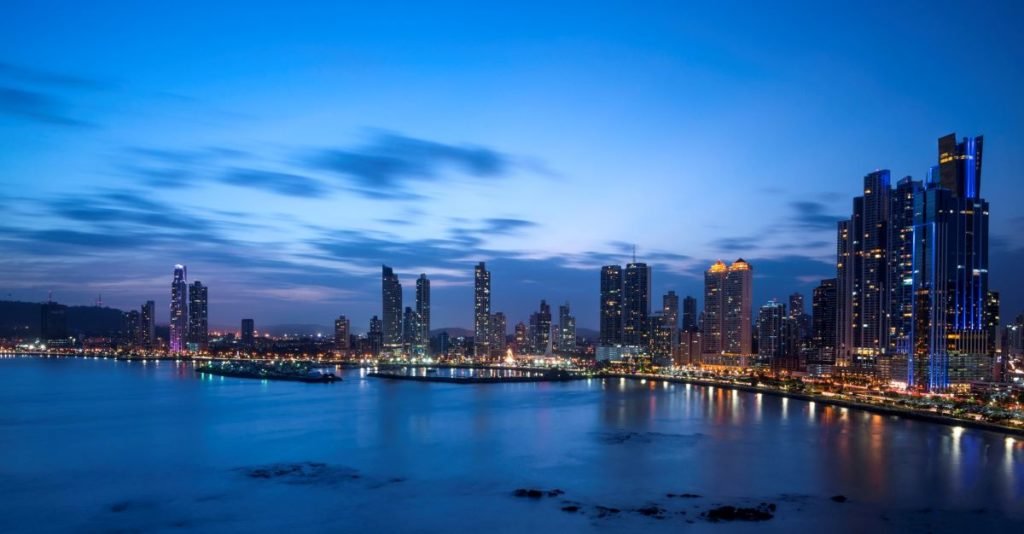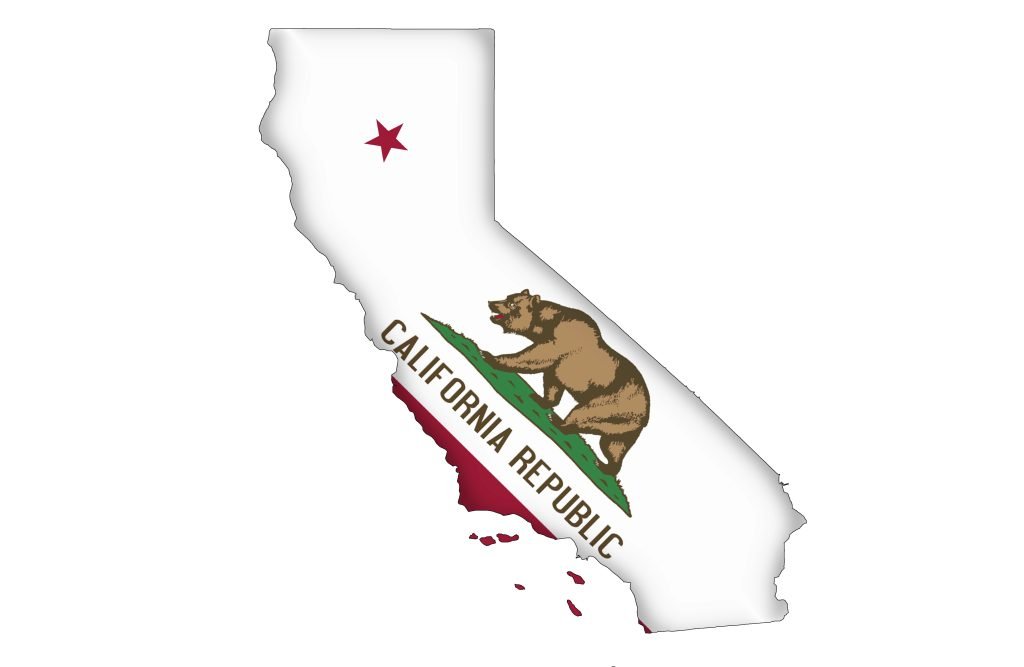At the turn of the 20th century, the United States had recently become the largest economy in the world… and it was showing.
The US had just vanquished Spain in the Spanish-American War, resulting in a vast new American colonial empire, stretching from the Philippines to Puerto Rico.
And it was just the beginning of American dominance overseas.
A few years later in 1903, JP Morgan (as in, the founder of the mega-bank that bears his name) engineered a coup in Central America that ended up creating a new republic in the region: Panama.
And almost immediately, JP Morgan and his colleagues got to work developing a canal that would run right through Panama.
The Panama Canal was a game changer back then, and one of the most ambitious engineering projects in history.
Before the canal, ships traveling from the East Coast to the West Coast had to circumnavigate the entire American continent, sailing from New York, down to the southern tip of Argentina, and back up the Pacific Coast to San Francisco.
The trip took forever. But the Panama Canal slashed the journey down to a fraction of the time.
The Canal was of such strategic importance to the United States that the Defense Department built more than a DOZEN military bases in Panama (a country less than half the size of Florida.)
And Panama became very Americanized as a result. The government dollarized the economy from Day 1. English became widely spoken.
The US finally withdrew all of its forces on December 31, 1999, and handed over control of the Canal to the Panamanians. Most of the suit-and-tie experts thought it would be a disaster… that Panama would bungle it all up and the economy would soon be in hyperinflation.
That didn’t happen.
In the 20 years since taking over, Panama has flourished. Trade, transportation, banking, real estate, and tourism have all boomed.
And the growth has been pretty mesmerizing.
My first trip to Panama was back in 2003. Back then the main airport (Tocumen International) was basically a rural airstrip.
The taxi ride into town was dark and lonely, and downtown Panama City was a quaint backwater at best.
Over the years I’ve been back at least 20 times, and even lived there for a time. And the pace of development has been truly impressive.
Today Panama is practically a different country.
It’s obviously not all rainbows and buttercups– Panama has its issues, just like any place else.
But over the last two decades, a robust middle class has developed in Panama that’s 2-3x the size (as a percentage of population) than its regional neighbors like Nicaragua or Honduras.
Plenty of business and investment opportunities abound. The economy has consistently been one of the fastest growing in the region. And the capital’s downtown skyline seems more like Miami than Central America.
Plus, as we’ve written several times before, Panama makes it VERY easy for foreigners to obtain residency. The country’s doors are wide open, welcoming foreigners to come and join in on the prosperity.
Our research team counts at least 19 different ways you can obtain legal permanent residency in Panama. But the most popular option for Westerners still remains the “Friendly Nations Visa”.
They rolled this out eight years ago. In short, if you’re a citizen of one of the 50+ countries with significant economic or cultural ties to Panama, you can obtain residency by setting up a corporation.
(The list of eligible countries includes the US, Canada, UK, Australia, most of Europe, Israel, Japan, Hong Kong, Korea, Singapore, South Africa, and several Latin American countries.)
In theory it’s a bit like an investor visa, since the original goal of the program was to generate economic activity in Panama.
You’re supposed to set up a business and fund the company with a small deposit at a local bank (less than $20,000 should be sufficient for the whole family to qualify).
And once your paperwork is approved, you can even withdraw the money if you choose.
In my view, this is a real no-brainer Plan B option for most people. It’s fast. It requires a very low investment amount. And the money isn’t tied up for long at all.
Having a legal residency in another country is a very sensible option.
It doesn’t mean that you need to move away from your home country.
It only means that, if at some point down the road you decide that you NEED to leave, then you’ll already have a place where you’ll be welcomed with open arms.
If conditions in your home country deteriorate rapidly and you have people rampaging in your face, or a government that wants to tax you to oblivion, you won’t want to start thinking about your options while you’re packing your bags.
This is a really important point. Emotional decisions are bad decisions. And if you wait until the proverbial hits the fan to even start thinking about where you might want to go, you’ll be too emotional to make rational decisions.
Start making those types of decisions now.
Where might you want to obtain legal residency, just in case? Where are the places you could see yourself spending time (if you really needed to)? Do you or your family have any special needs?
Panama is an easy option for a lot of folks. But even if it doesn’t work for you, there are definitely some places in the world that will tick your boxes.









